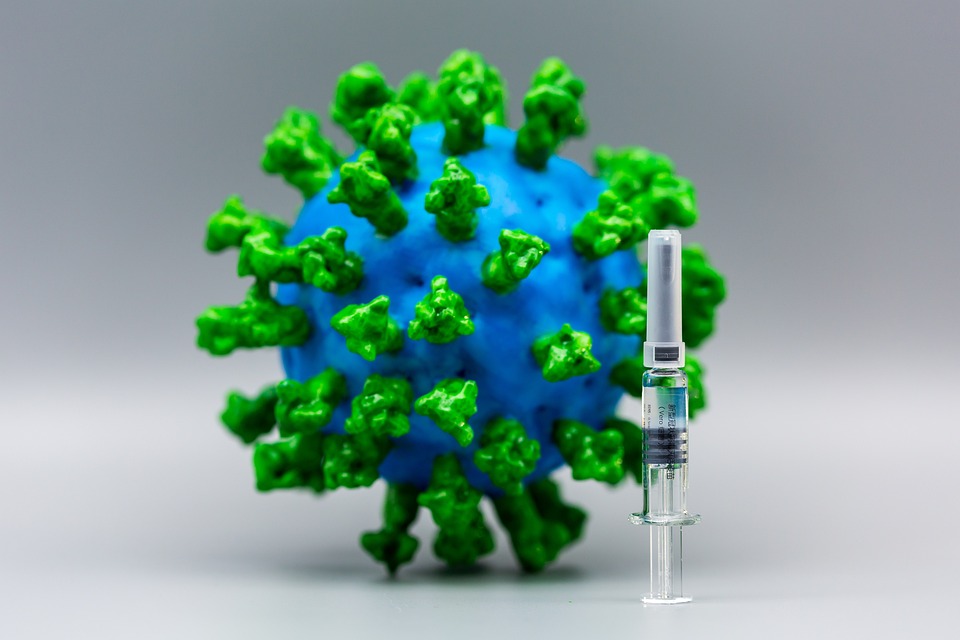The Importance of Vaccination
In recent years, there has been a surge in misinformation surrounding vaccines. With the rise of social media, false claims and myths can easily spread, leading to vaccine hesitancy and the re-emergence of preventable diseases. It is important to dispel these myths and clarify any misconceptions about vaccines in order to protect public health and ensure the well-being of individuals and communities.
Myth: Vaccines Cause Autism
One of the most prevalent myths about vaccines is the claim that they cause autism. This notion originated from a study published in 1998, which has since been debunked and retracted due to fraudulent research practices. Numerous scientific studies involving large sample sizes have found no link between vaccines and autism. Vaccines are rigorously tested and monitored for safety before they are approved for use. The consensus among the medical community is clear: vaccines do not cause autism.
Myth: Natural Immunity is Superior to Vaccine-Induced Immunity
Another common misconception is that natural immunity acquired through falling ill with a disease is more effective than vaccine-induced immunity. While it is true that surviving an illness may provide immunity against that specific strain, relying on natural immunity is risky and can have severe consequences. Vaccines not only protect against targeted diseases, but they also help to prevent complications and reduce the spread of infections within a population. Vaccine-induced immunity is a safer and more reliable method of protection.
Myth: Vaccines Contain Harmful Ingredients
There is a misconception that vaccines contain harmful ingredients, such as mercury, formaldehyde, and various toxins. However, the levels of these substances found in vaccines are either negligible or are present in safer forms than their natural counterparts. For example, the mercury in vaccines is in the form of thimerosal, which has been extensively studied and found to be safe in the small doses used in vaccines. Formaldehyde is naturally produced by the human body and is present in much higher concentrations than what is found in vaccines. It is important to remember that the benefits of vaccination far outweigh any potential risks associated with the ingredients.
Myth: Vaccines Overwhelm the Immune System
Some skeptics argue that giving multiple vaccines at once can overwhelm a child’s immune system. However, this claim is not supported by scientific evidence. Studies have consistently shown that the immune system has the capacity to handle and respond to multiple antigens encountered through vaccination. In fact, our immune system is regularly exposed to countless pathogens and naturally occurring antigens on a daily basis. Vaccines introduce a controlled and weakened form of antigens, allowing the immune system to mount a response without causing harm.
Myth: Vaccines are Profit-Driven
There is a false belief that vaccines are primarily developed and promoted for financial gain rather than public health. While pharmaceutical companies do profit from vaccine production, this profit motive should not undermine the extensive research, rigorous testing, and regulatory oversight that vaccines undergo. The development of vaccines involves significant investments of both time and resources. Vaccines have saved countless lives and continue to be a crucial component of public health efforts globally.
Conclusion
Debunking myths and misconceptions about vaccines is essential for promoting public health. The scientific consensus overwhelmingly supports the safety and efficacy of vaccines. Vaccination not only protects individuals, but it also plays a critical role in safeguarding entire communities from the resurgence of once-controlled diseases. By understanding the facts about vaccines and dispelling misinformation, we can make informed decisions that prioritize the well-being of ourselves, our loved ones, and society as a whole.




